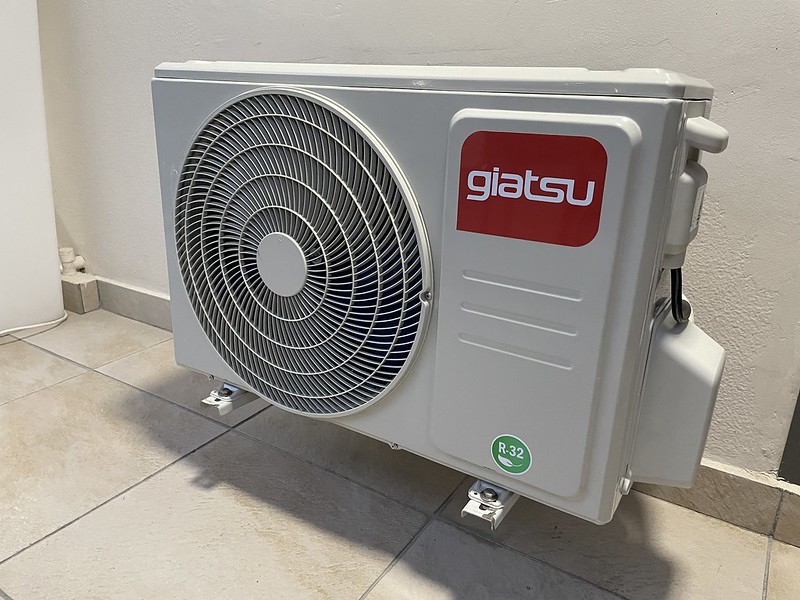Mini-split systems have become increasingly popular in recent years due to their energy efficiency, versatility, and compact design. These ductless HVAC systems can provide both heating and cooling, making them a practical choice for regulating the temperature in various spaces, including garages, home additions, and more. However, the question of whether mini-splits have heat strips is a bit more complex.
Understanding Heat Strips
Heat strips, also known as auxiliary heat or strip heat, are typically found in larger heating systems like furnaces and heat pumps. These electric resistance heating elements provide additional heat when the primary heating source is unable to keep up with the demand, such as during extremely cold weather conditions.
The purpose of heat strips is to supplement the main heating system and ensure that the desired temperature is maintained, even in the most challenging environmental conditions. They are often used in conjunction with heat pumps, which can struggle to provide sufficient heat at very low temperatures.
Mini-Splits and Heat Strips
When it comes to mini-split systems, the presence of heat strips is not as common as in larger HVAC systems. This is because mini-splits are designed to be compact, efficient, and cost-effective, and the addition of heat strips would add complexity and cost to the system without significantly improving its overall performance.
According to the experts at Ingrams Water & Air, most mini-split systems do not have any type of auxiliary heat like heat strips. This is because mini-splits are engineered to operate efficiently across a wide range of temperatures, and the inclusion of heat strips would not provide a significant benefit in most situations.
Exceptions and High-End Models
However, it’s important to note that there are some exceptions to this general rule. Certain high-end mini-split systems do offer auxiliary heating options, including the inclusion of heat strips.
For example, the Pioneer Diamante Pro and Diamante Ultra series are equipped with an auxiliary strip heater in the condensing unit. This feature provides “hyper-heating” capabilities, allowing the system to maintain reliable heating performance even in frigid temperatures as low as -13°F (-25°C).
These advanced mini-split systems utilize variable-speed inverter technology and high-efficiency ratings to deliver substantial energy savings on monthly utility bills. This makes them a compelling choice for homeowners and business owners who require reliable heating and cooling in extreme climatic conditions.
Factors to Consider
When selecting a mini-split system, it’s essential to carefully evaluate your specific heating and cooling needs. Factors such as the size of the space, the local climate, and the desired level of temperature control should all be taken into account.
If you live in an area with particularly harsh winters or require consistent heating performance, a mini-split system with auxiliary heating capabilities, such as the ones mentioned above, may be a better fit. However, for many applications, a standard mini-split system without heat strips will be more than sufficient to meet your temperature regulation requirements.
It’s always recommended to consult with a qualified HVAC professional to ensure that you choose the most appropriate mini-split system for your needs, taking into account factors like energy efficiency, installation requirements, and long-term operating costs.
Conclusion
In summary, while most mini-split systems do not have heat strips, some high-end models do offer auxiliary heating options. The presence of heat strips in mini-splits is not as common as in larger HVAC systems, as mini-splits are designed to operate efficiently across a wide range of temperatures without the need for additional heating elements.
When considering a mini-split system, it’s essential to carefully evaluate your specific heating and cooling requirements and choose a system that is tailored to meet those needs effectively and efficiently. By understanding the capabilities and limitations of mini-split systems, you can make an informed decision and ensure that your temperature regulation needs are met.

